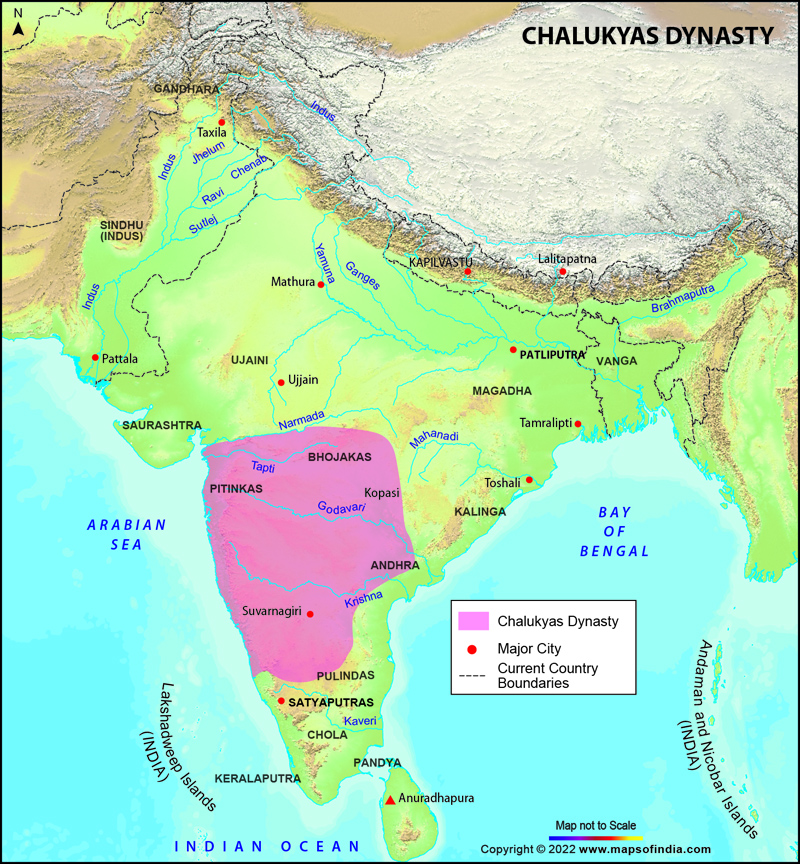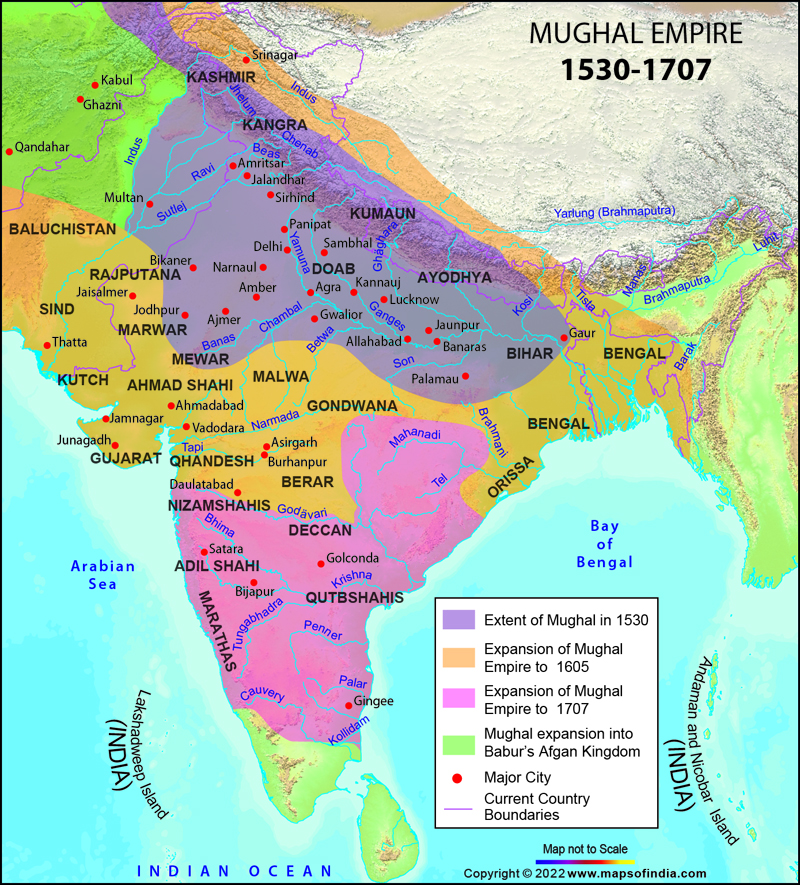Ancient Buddhism
Gautama buddha history
Mahatma Buddha is a humanist, who believes society/person is a greater than the God. Worship of man, worship of poor is important than worshipping of God. He was an Atheist. Gurunanak & Vivekananda are also humanists.
Introduction to Buddhism
- Life of Buddha - As per Buddhist texts 566-486 BC.
- Mahatma Buddha was born in Kshatriyas and he is a Sakya.
- His father Shuddodana and ruler of small Himalayan Kingdom of Kapilavasthu.
- His mother's name is Mahamaya, and she gave birth to Siddhartha (Initial name of Buddha) at Lumbini now in Nepal.
- Lotus - Symbolises the birth of Buddha.
- His wife's name is Yashodhara and son is Rahul.
- Mahabhinishkrama is a going ceremony or Great Departure and Horse became his symbol.
- At an age of 35, Siddhartha became Buddha - Tathagatha. He got enlightened and became Tathagatha. He then got in meditation.
- Sambodhi - Enlightenment of Buddha, Gaya (place) - Bodhi (Pipal Tree - Symbol).
- Sermon - A religious lecture is called a sermon.
- The first sermon of Buddha is called as Dharma chakra Parivartana and first sermon was given at Sarnath.
- Dharma chakra Parivartana - Sarnath, Kashi
--> A wheel with 8 spokes, this indicated Astangamarga.
--> Vishnu Chakra — Spokes
--> Ashoka Chakra — 24 Spokes
--> Vishnu Chakra — Spokes
--> Ashoka Chakra — 24 Spokes
- Kusinara/Kusi(UP) - Death place of Buddha.
- Mahaparinirvana - Kusi Stupa (symbol).
- The stupa is a sacred structure which is built on the relics of Buddha. The stupa is a semi-domical solid structure made of bricks. Buddhist calls this as 'Anda' Prakara and 'Torana' are outer structures and 'Pradakshinapata' and 'Anda' are inner parts. Sanctum Sanctorum is not present in Stupa. Circumambulation is allowed. The stupa is the latest Buddhist religious monument and was originally only a simple mound of mud or clay to cover supposed relics of the Buddha (cetiya). After the Parinirvana of the Buddha, his remains were cremated and the ashes divided and buried under eight stupas with two further stupas encasing the urn and the embers. Little is known about these early stupas, particularly since it has not been possible to identify the original ten monuments.
Symbolism
"The shape of the stupa represents the Buddha, crowned and sitting in meditation posture on a lion throne. His crown is the top of the spire, his head is the square at the spire's base, his body is the vase shape, his legs are the four steps of the lower terrace, and the base is his throne".
Five purified elements
Although not described in any Tibetan text on stupa symbolism, the stupa may represent the five ,Purified elements:
--> The square base represents earth.
--> The hemispherical dome/vase represents water
--> The conical spire represents fire
--> The upper lotus parasol and the crescent moon represents air
--> The sun and the dissolving point represents the element of space
- There are two reasons stupas were built after the historical Buddha Sakyamuni died
--> To commemorate eight great deeds accomplished during his life
--> To enshrine relics after he passed away
--> The Eight Great Deeds
- Birth: Built at Lumbini
- Enlightenment: Built in the kingdom of Magadha, on the banks of the river Nairanjana
- Turning to the Wheel, the first teaching: Built at Sarnath (Varanasi)
- Miracles: Built at Sravasti
- Descent from Tushita: Built at Samkashya after Buddha returned from Tushita heaven, where he'd gone to give teachings to his mother
- Reconciliation: Built at Rajagriha, after Buddha reconciled the disagreements of the monks
- Complete Victory: Built at Vaishali, where Buddha meditated extensively.
- Parinirvana: Built at Kushinagara, where Buddha entered Mahaparinirvana.
- Different kinds of Buddhist Monuments were
--> Stupa - Monument of the Mahatma Buddha
--> Chaitya - A prayer hall of the Monks and nuns
--> Vihara/Arama -the residences of monks & nuns.
--> Chaitya - A prayer hall of the Monks and nuns
--> Vihara/Arama -the residences of monks & nuns.
Doctrines of Buddhism
- Four Noble truths - As universal truths
- Dukha - The world is full of sorrows
- Desires - Dukha is caused by human desires
- Nirodha - It can be prevented
- Marga - There is a way to come out of Dukha
Teachings of Buddha(Gautama buddha teachings)
- Astangamarga - Eightfold path (Central theme of Buddhism)
- Right Speech - Always speak well
- Right Action - Do Good
- Right Vision
- Right Aim - Aim must be good & positive
- Right Effort
- Right livelihood - be Honest
- Right Awareness
- Right meditation - That gives peace
- The middle path - Avoid the extremes of anything
- Pratitya Samutpada - that refers to the causal relations between the psychophysical phenomena that sustain dukkha (dissatisfaction) in worldly experience
- God & Mahatma Buddha - Scholars described Buddha as Agnostic - who neither accepts nor rejects the God. No comments on God. Mostly, Atheism.



